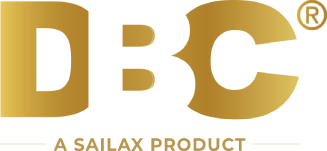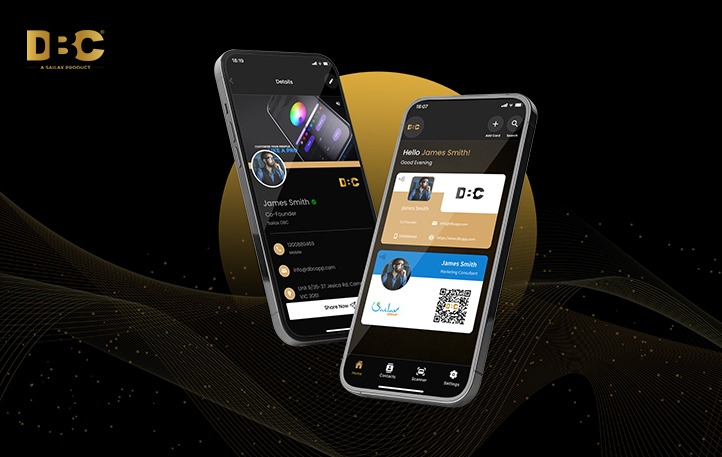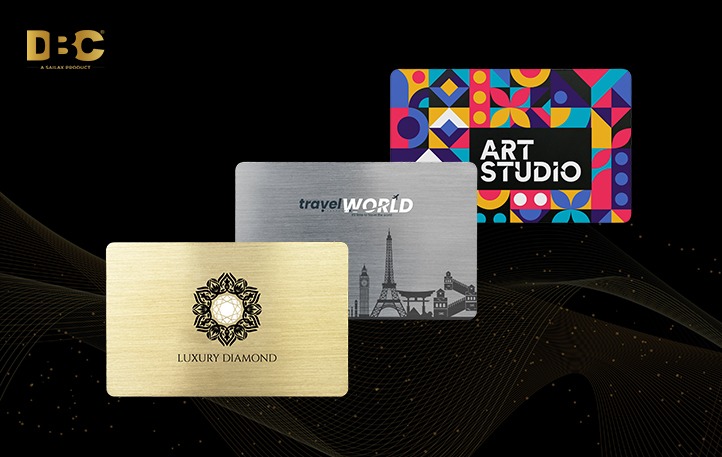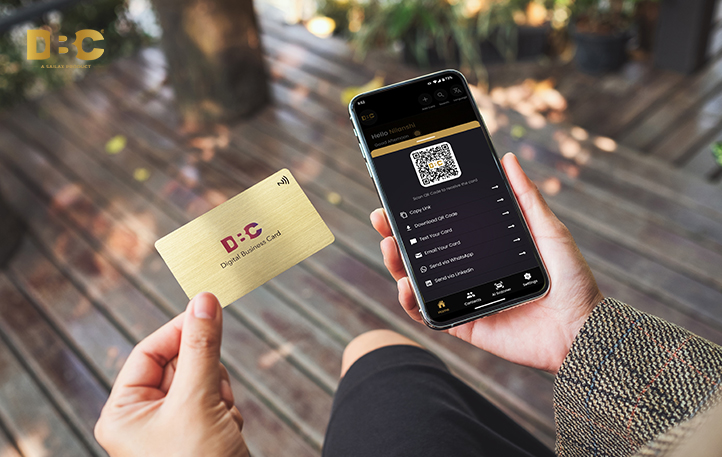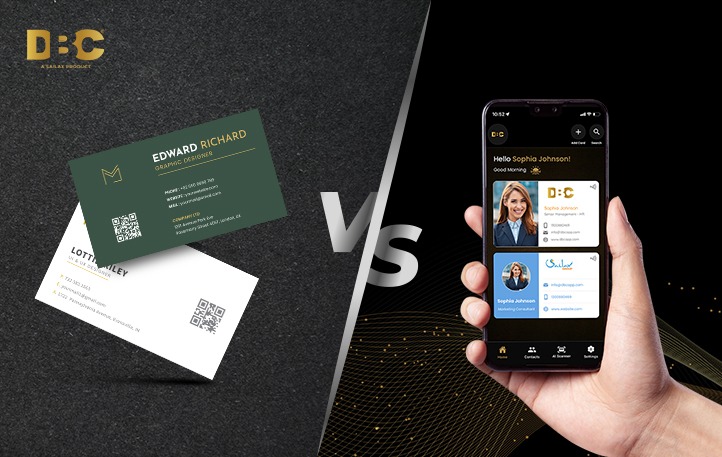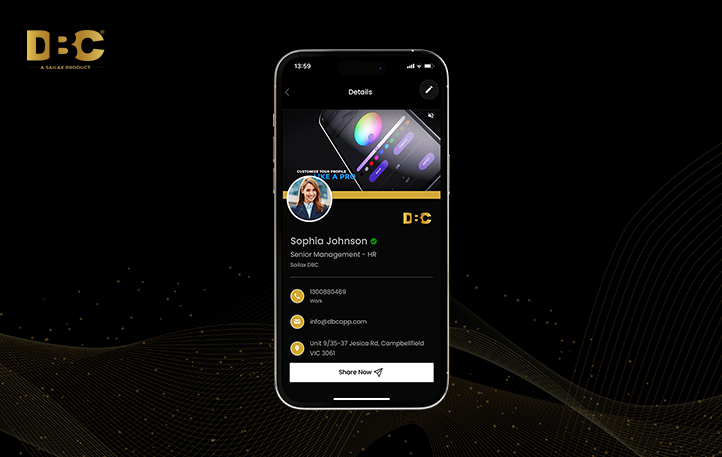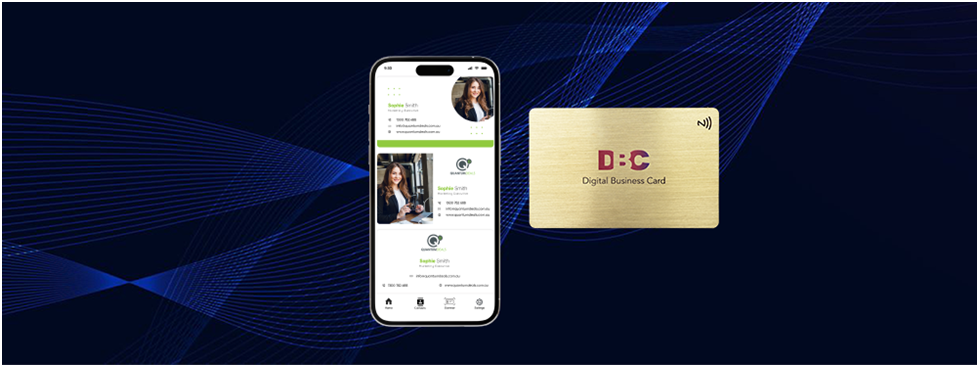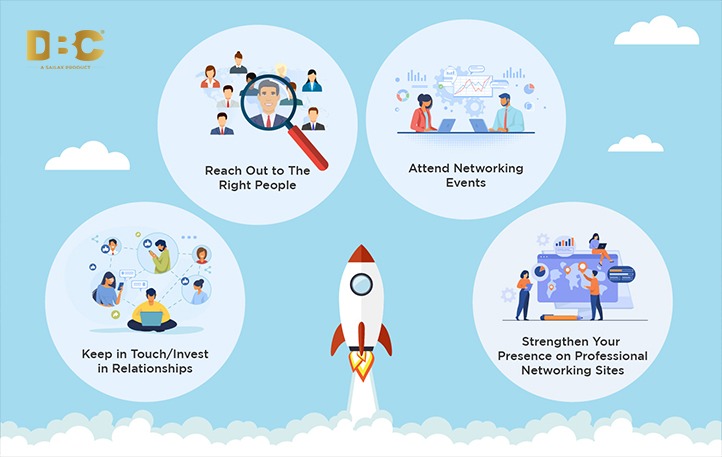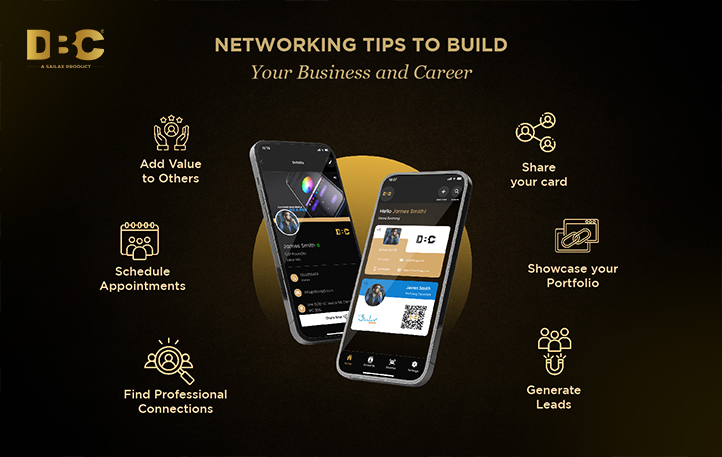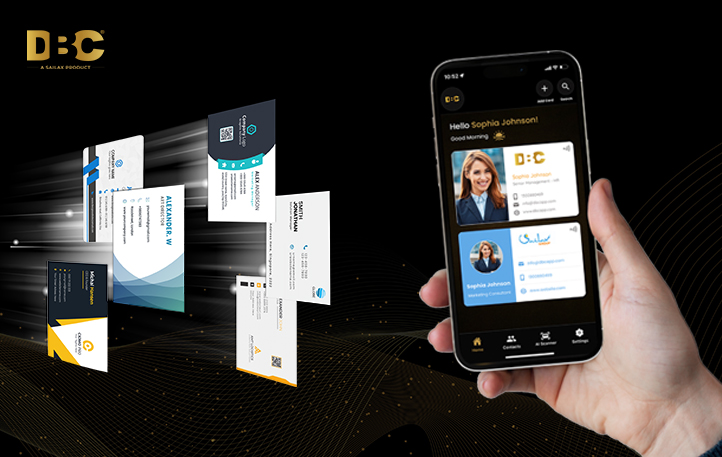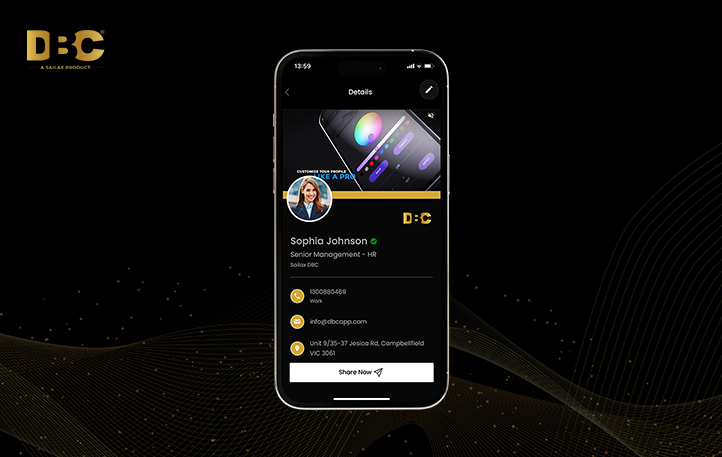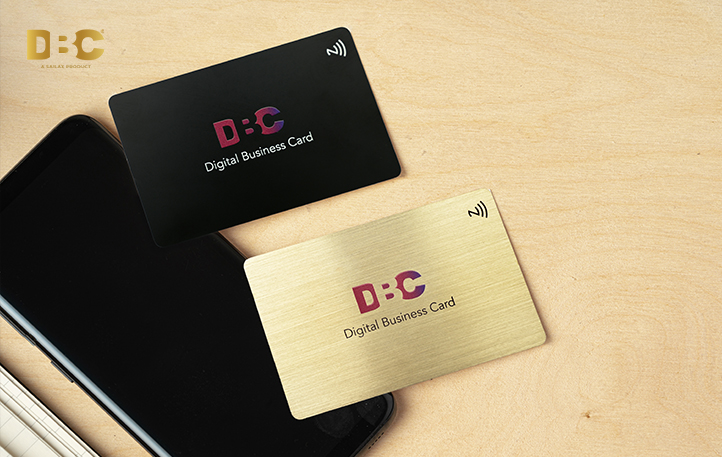All You Need to Know about Digital Business Cards App
In a rapidly evolving digital landscape, the way we exchange contact information has undergone a profound transformation. At the forefront of this change is the Digital Business Card app— Sailax DBC App! an innovative solution poised to redefine the traditional networking experience. In this blog, we’ll delve into everything you need to know about the Digital Business Cards App, shedding light on its features, benefits, and how it can revolutionize the way you connect in both personal and professional spheres.
The Digital Business Cards App: Redefining Networking in the Digital Era
As the business world embraces a more virtual existence, the Sailax DBC App emerges as a beacon of efficiency and convenience. Forget the days of fumbling through stacks of paper cards or worrying about running out during crucial networking events. The DBC app condenses your professional identity into a sleek, digital format that can be effortlessly shared and accessed anytime, anywhere.
Join us on a journey through the key facets of this transformative tool, from its user-friendly interface to its eco-friendly approach, and discover how the Digital Business Cards App is not just a technological upgrade but a paradigm shift in the way we connect and network.
Mastering the Art of Digital Networking
In the fast-paced evolution of networking, technology is steering the course of how we conduct business and connect with others. The transition toward a paperless and eco-friendly society is reshaping not only our business practices but also how we exchange crucial contact details.
The once-unquestioned reliance on paper visiting cards is giving way to a more efficient and sustainable solution—the Digital Business Cards App. In our contemporary digital world, managing and exchanging physical pieces of paper has become cumbersome and, frankly, outdated.
Professionals across diverse industries are increasingly gravitating towards virtual visiting cards as the preferred means to seamlessly share information with new contacts. This shift is particularly notable among professionals who understand the pivotal role relationships play in propelling business growth and enhancing the bottom line.
But what exactly are digital business cards? Why are they gaining prominence, and how can you create one for yourself? Join us as we explore the revolutionary approach to sharing contact information through the dynamic format of digital business cards. Discover how this modern tool can not only expand your network but also catalyze the growth of your business in the digital age.
Digital Business Cards by Sailax DBC App
Digital Business Cards known as virtual business cards, electronic business cards, smart business cards, or digital visiting cards, are revolutionizing how professionals connect and share contact information securely.
Much more than a mere digital rendition of a paper card, a digital business card offers a plethora of advantages. It goes beyond the basics, allowing you to embed your photo, create multiple versions with distinct contact details, and tailor it with various calls to action. In essence, it transforms into a dynamic sales, marketing, and customer service tool. The convenience extends further as these digital business cards primarily manifest as mobile and web applications.
Now, you might be sceptical, thinking, “Do we really need another app?” The answer is a resounding yes and for good reasons! Digital business cards bring unparalleled customization, sustainability, and cost-effectiveness compared to their paper counterparts. Many business card apps, like the highly recommended Sailax DBC, even come free of charge. DBC, with its top-rated status on both the App Store and Google Play Store, empowers you to create and share your digital business card effortlessly, enabling you to leverage your network for business growth. With over one million cards received monthly, DBC digital business cards app stands as a testament to the rising popularity and effectiveness of digital business cards in the contemporary business landscape.
What gives Digital Business Cards Advantage Over Paper Visiting Cards
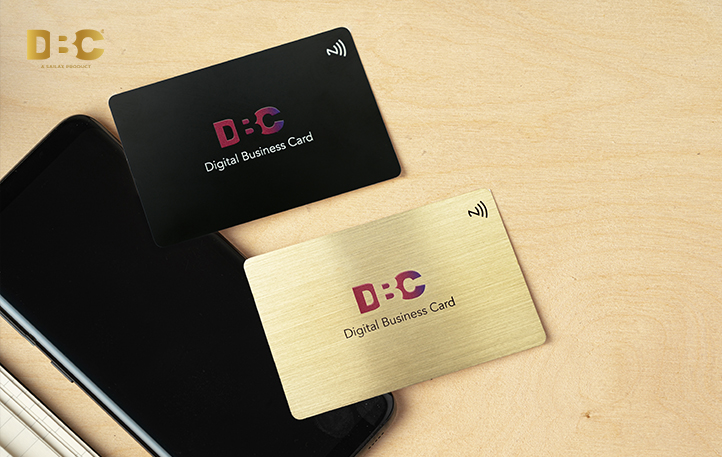
In the ever-evolving landscape of business essentials, the traditional business card is undergoing a transformation. With economic uncertainties looming, the shift from paper to digital business cards is more than a technological advancement—it’s a strategic financial move.
Traditionally, paper business cards were a staple in networking and brand representation. However, as economic landscapes change, the need for cost-effective solutions becomes imperative. Enter digital business cards app, offering a streamlined and judicious alternative. Many business card apps provide a dual model—free basic versions and subscription options for enhanced features. Opting for digital not only refines your business card budget but maximizes the impact of your investment.
DBC’s insightful analysis reveals a stark reality. Individuals investing in traditional paper business cards face an annual cost averaging $64.23, a number that escalates significantly for bulk orders or premium finishes. For a 100-person company, persisting with paper cards translates to a 26% higher expenditure. In contrast, DBC’s tiered pricing empowers larger organizations to trim their business card budget by over 50%. As we navigate economic uncertainties, transitioning to digital is not just a tech-savvy choice; it’s a prudent financial decision ensuring efficiency and long-term savings.
Set-up Digital Business Cards for Your Entire Team
In the era of seamless connectivity, equipping your entire team with the Sailax DBC digital business cards app is not just a possibility; it’s a strategic move. While the transition from paper to digital is undeniable, selecting the right provider demands a thoughtful assessment of your business needs.
Key Considerations for Team Adoption
Functionality- Evaluate the user experience and functionality offered by the business card provider. Sailax DBC stands out with its superior customization options and advanced features.
Additional Features- Look for platforms that go beyond basic contact sharing. DBC excels by providing real-time analytics, versatile sharing options, and integrations with CRM, SSO, and Active Directory.
Administrative Controls- For seamless team management, consider platforms offering robust administrative controls. DBC’s Enterprise Plan is designed to meet the security, scale, and administrative demands of large enterprises.
Integrations- Seamless integration with existing tools is vital. Digital business cards app offers native integration with CRM, SSO, and Active Directory, ensuring compatibility with your current workflow.
Security- Prioritize platforms that prioritize the security of your data. DBC’s commitment to security makes it a preferred choice for enterprises.
Scalability- As your team grows, scalability becomes crucial. Sailax DBC’s platform is designed to scale with your business, ensuring continued efficiency.
Sailax DBC App- Elevating Team Connectivity
